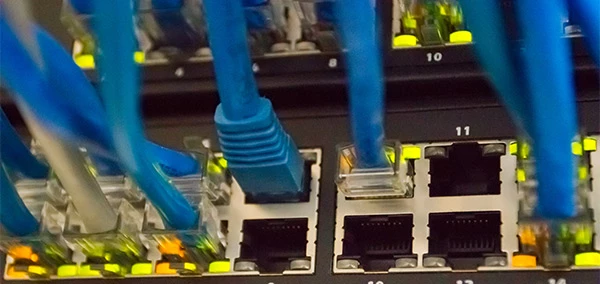If you are like most people, the only time you think about your routers is when the internet goes out, which - by no coincidence - is probably the only time you interact with them as well.
But taking a laissez-faire attitude to one of your network's most fundamental components could put you in harm's way.
Over the past two years, the Trustwave SpiderLabs team has informed the masses about multiple brands of Wi-Fi routers bearing vulnerabilities that, if exploited, could lead to all sorts of bad outcomes for individual users and small and midsize businesses, including Wi-Fi credential hijacking, malicious code infection, data theft, traffic redirection and botnet inclusion.
Just over the past couple of months alone, we've seen multiple incidents of malware attacks on routers, including the insidious and advanced VPNFilter malware, which led to the FBI asking users to perform factory resets on their devices.
And even as recent malware and ransomware outbreaks have served as sobering reminders that endpoint security still has a long way to go across many organizations, in many cases, endpoints are your softest targets and the blast-off points for attacks and breaches), certain network-connected devices are still being given short shrift. None, perhaps more, than the home or commercial router, 83 percent of which, according to a recent study, are exploitable due to vulnerabilities.
It should be noted, however, that router indifference is understandable. Aside from manufacturers being lax to conduct security audits before releasing their products to market, they are often slow to patch. And even if they do, users may have trouble receiving and applying those firmware updates.
So how can you respond to better lock down your router as they become increasingly popular attack vectors?
The simplest (usually) and most important step you can take to protect your routers involves one thing: configuration. Start by changing the default password that protects router settings to something stronger, disabling remote administration, ensuring your connection is encrypted with WPA2 technology and, as mentioned, updating your router's firmware. Most routers allow you to make these adjustments via an administrative page that you can access via a web browser.
Still, even if you take these steps, you could still be at risk. To go the extra mile requires some additional foresight and due diligence - specifically for businesses - including:
Assessing Your IT Vendor
If you're outsourcing your networking to a provider, you will need to count on it to properly configure and update devices on time, as well as to replace routers that have reached end of life and will no longer receive patches.
Scanning for Vulnerabilities
Internal vulnerability scans will help you identify network devices, including routers, that may be misconfigured or need patching.
Deploying Security Monitoring
Tools like SIEMs/log management can help you monitor router activity, like configuration changes and active attacks.
Dan Kaplan is manager of online content at Trustwave and a former IT security reporter and editor.
